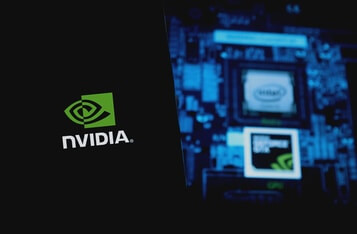NVIDIA NeMo Enhances LLM Capabilities with Hybrid State Space Model Integration
In a significant move for artificial intelligence, NVIDIA has announced the integration of hybrid state space models (SSMs) into its NeMo framework, according to the NVIDIA Technical Blog. This development promises to enhance the efficiency and capabilities of large language models (LLMs).
Advancements in Transformer-Based Models
Since the introduction of transformer model architecture in 2017, there have been rapid advancements in AI compute performance, enabling the creation of even larger and more capable LLMs. These models have found applications in intelligent chatbots, computer code generation, and even chip design.
To support the training of these advanced LLMs, NVIDIA NeMo provides an end-to-end platform for building, customizing, and deploying LLMs. Integrated within NeMo is Megatron-Core, a PyTorch-based library offering essential components and optimizations for training LLMs at scale.
Introduction of State Space Models
NVIDIA's latest announcement includes support for pre-training and fine-tuning of state space models (SSMs). Additionally, NeMo now supports training models based on the Griffin architecture, as described by Google DeepMind.
Benefits of Alternative Model Architectures
While transformer models excel at capturing long-range dependencies through the attention mechanism, their computational complexity scales quadratically with sequence length, leading to increased training time and costs. SSMs, however, offer a compelling alternative by overcoming several of the limitations associated with attention-based models.
SSMs are known for their linear complexity in both computational and memory aspects, making them much more efficient for modeling long-range dependencies. They also offer high quality and accuracy, comparable to transformer-based models, and require less memory during inference.
Efficiency of SSMs in Long-Sequence Training
SSMs have gained popularity in the deep learning community due to their efficient handling of sequence modeling tasks. For example, the Mamba-2 layer, a variant of SSM, is 18 times faster than a transformer layer when sequence length increases to 256K.
Mamba-2 employs a structured state space duality (SSD) layer, which reformulates SSM computations as matrix multiplications, leveraging the performance of NVIDIA Tensor Cores. This allows Mamba-2 to be trained more quickly while maintaining quality and accuracy competitive with transformers.
Hybrid Models for Enhanced Performance
Hybrid models that combine SSMs, SSDs, RNNs, and transformers can leverage the strengths of each architecture while mitigating their individual weaknesses. A recent paper by NVIDIA researchers described hybrid Mamba-Transformer models, which exceed the performance of pure transformer models on standard tasks and are predicted to be up to 8 times faster during inference.
These hybrid models also show greater compute efficiency. As sequence lengths scale, the compute required for training hybrid models grows at a much slower rate compared to pure transformer models.
Future Prospects
NVIDIA NeMo's support for SSMs and hybrid models marks a significant step towards enabling new levels of AI intelligence. The initial features include support for SSD models like Mamba-2, the Griffin architecture, hybrid model combinations, and fine-tuning for various models. Future releases are expected to include additional model architectures, performance optimizations, and support for FP8 training.
For more detailed information, visit the NVIDIA Technical Blog.






